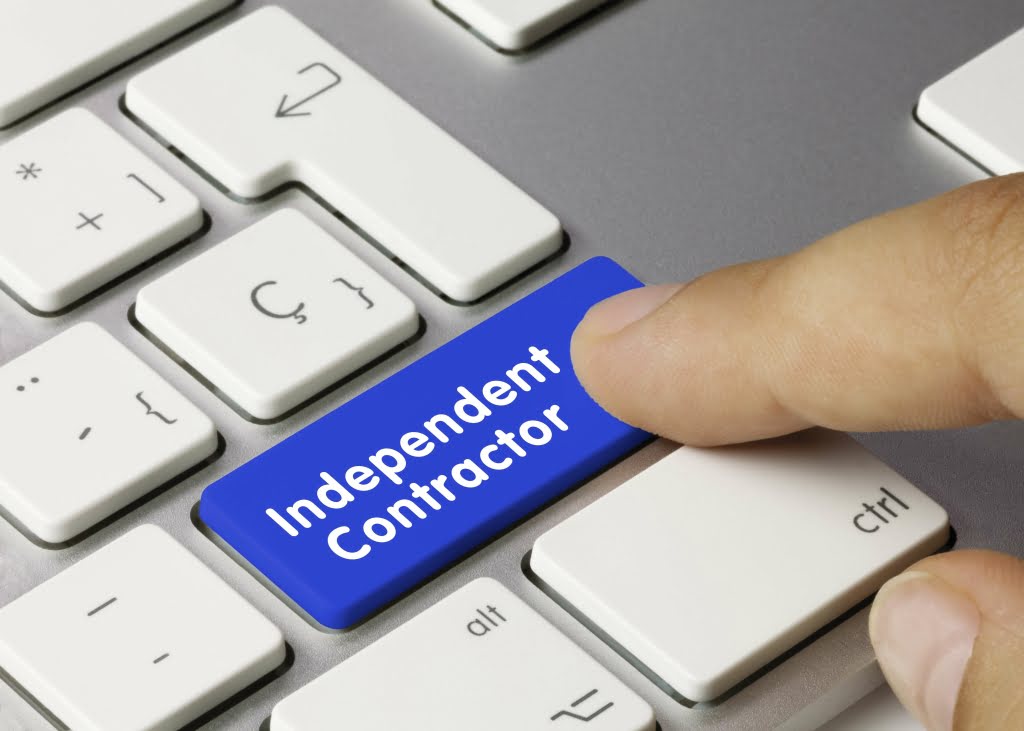
Partnerships list member capital accounts, contributions, distributions, and earnings for the period. Current assets include resources that are consumed or used in the current period. Also, merchandise inventory is classified on the balance sheet as a current asset.
Accounts within this segment are listed from top to bottom in order of their liquidity. They are divided into current assets, which can be converted to cash in one year or less; and non-current or long-term assets, which cannot. Longer-term debt obligations have a full repayment period of more than a year. Companies prefer to take on high levels of long-term debt for reasons including longer payback period, lower cost of debt and potential to raise larger amounts of capital. The internal capital structure policy/decisions of a company will determine how much of long-term debt is raised by a company. The one major downside of high debt levels in the accompanying higher levels of financial leverage which could severely amplify a company’s losses during an economic downturn.
How to use the accounting equation with classified balance sheets?
A classified balance sheet is a balance sheet which categorizes assets and liabilities. Most people are using this information to prepare financial statements, which provide a snapshot of the company’s financial health. A classified balance sheet can provide valuable insights into a company’s financial health and cash flow.

Other classifications are also possible, however, such as classifying assets as current or non-current or classifying liabilities as secured or unsecured in the balance sheet. This classification helps investors and creditors to assess the short-term and long-term financial stability of the company. Balance sheet liabilities, like assets have been categorized into Current Liabilities and Long-Term Liabilities. Once your balances have been added to the correct categories, you’ll add the subtotals to arrive at your total liabilities, which are $150,000.
What Are Recognition criteria of liabilities in balance sheet?
Land remains at historical cost, and depreciable items like buildings are reflected at their current book value (historical cost less accumulated depreciation). If the asset has appreciated over time, the higher market value of the assets would not be seen on the balance sheet. Classifying assets and liabilities as current or non-current helps assess the company’s short-term and long-term financial health. Current items are those expected to be converted into cash or settled within one year, while non-current items are held for longer periods.
- The equity segment of the classified balance sheet is exceptionally simple and like a non-classified report.
- For small privately-held businesses, the balance sheet might be prepared by the owner or by a company bookkeeper.
- Notes are used to describe accounting policies, major business events, pending lawsuits, and other facets of operation.
- A classified balance sheet is one that separates assets and liabilities into different categories.
This is the value of funds that shareholders have invested in the company. When a company is first formed, shareholders will typically put in cash. Cash (an asset) rises by $10M, and Share Capital (an equity account) rises by $10M, balancing out the balance sheet. Inventory includes amounts for raw materials, work-in-progress goods, and finished goods. The company uses this account when it reports sales of goods, generally under cost of goods sold in the income statement.
Intangible Assets
The financial statement only captures the financial position of a company on a specific day. Looking at a single balance sheet by itself may make it difficult to extract whether a company is performing well. For example, imagine a company reports $1,000,000 of cash on hand at the end of the month. Without context, a comparative point, knowledge of its previous cash balance, and an understanding of industry operating demands, knowing how much cash on hand a company has yields limited value. Although the balance sheet is an invaluable piece of information for investors and analysts, there are some drawbacks.
- Since funds are separated on the balance sheet/income statement, restricted cash typically appears on a company’s balance sheet as either “other restricted cash” or as “other assets.”
- Stated differently, every asset has a claim against it—by creditors and/or owners.
- An organization utilizes current assets for taking care of current liabilities since it might effectively access current assets.
- In other words, it breaks down each of the balance sheet accounts into smaller categories to create a more useful and meaningful report.
- Here is a classified balance sheet format and most of the items such a balance sheet contains.
A classified balance sheet is one of the four basic financial statements; thus, its importance cannot be overlooked. Below we will walk through the fundamental steps to preparing a classified balance sheet. Many financial ratios use information from the balance sheet to analyze the company’s situation.
Shareholder Equity
This account includes the amortized amount of any bonds the company has issued. We follow ethical journalism practices, which includes presenting unbiased information and citing reliable, attributed resources. Much of our research comes from leading organizations in the climate space, such as Project Drawdown and the International Energy Agency (IEA). If a company has surplus cash available and it sees a valuable investment opportunity in some other business, it can decide to buy a stake in it.

Based on the reporting, there are two accounting standards as underlined by IFRS and GAAP US. When the data has been set into the right classifications, you’ll add every section separately. At the point when that is finished, you’ll need to add classified balance sheet each one of the subtotals to show up at your asset total, which is $98200. A similar rule holds for the Liabilities section, where you’ll list every single current liability, just as those that are long term, like other loans and mortgages.